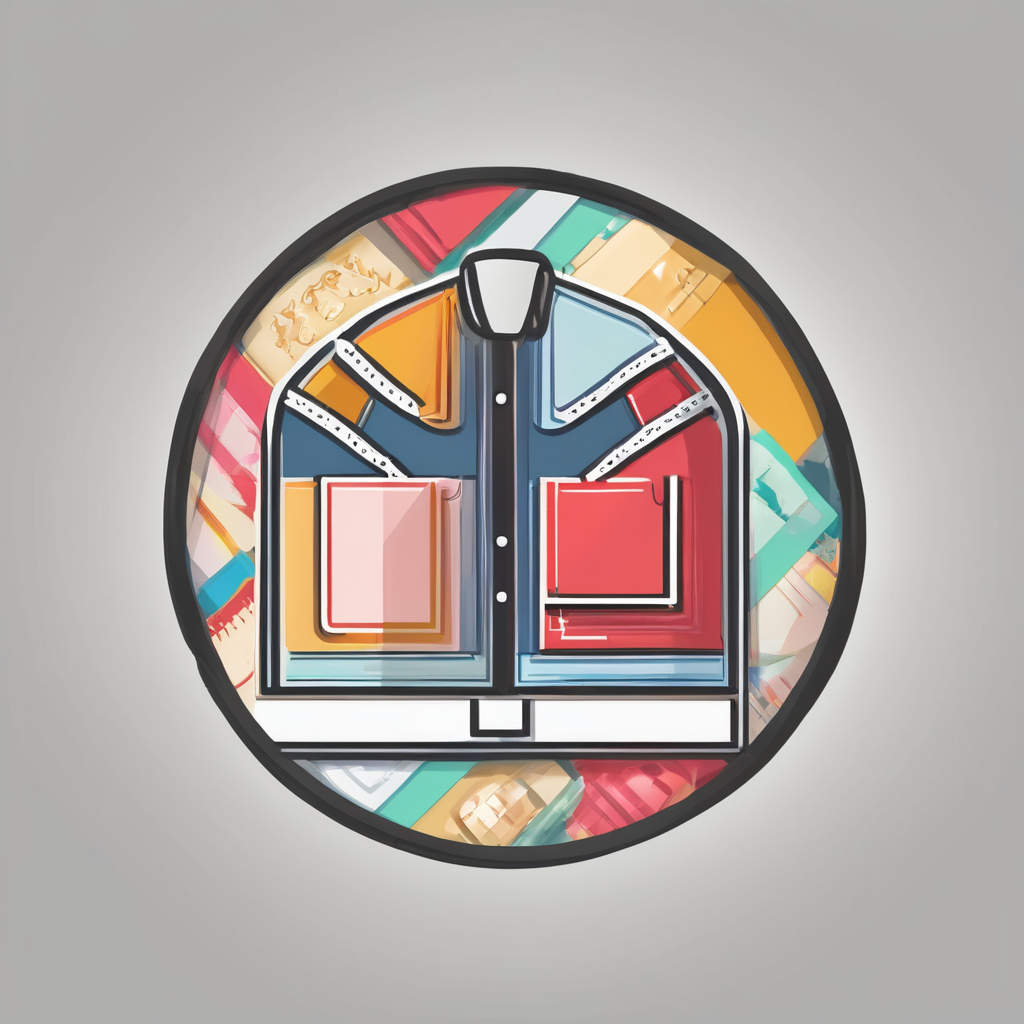Understanding Color Psychology
Taking a closer look at color psychology, we unveil its profound influence on human emotions and mood. At its core, color psychology examines how various hues impact our emotional well-being and mental state. This concept finds relevance in many fields, including fashion, where color choices can significantly affect how we feel.
Colors wield the power to evoke specific emotional responses, helping enhance mood and support emotional balance. For instance, warm colors like red and yellow often generate feelings of excitement and warmth, while cooler shades like blue encourage relaxation and peace. Understanding the science behind color perception reveals how our brains process different wavelengths of light, leading to these varying psychological effects.
Also to see : Sustainable Skincare Packaging: The Complete Guide to Environmentally Responsible Disposal Methods
The principles of color psychology are rooted in historical and cultural contexts, where colors have long carried symbolic meanings and emotional associations. Presently, this understanding enables us to make mindful decisions, whether selecting clothing to boost our emotional state or choosing decor to cultivate a specific atmosphere. By appreciating the connection between color and emotional well-being, individuals can make informed, intentional choices that positively influence their mood and mental health.
The Influence of Specific Colors on Mood
Exploring how different colors and emotions intersect is key to understanding their emotional impact. Colors have a remarkable ability to evoke specific emotional responses and contribute to a positive mood.
Also read : Rejuvenate with Collagen: How Supplements Boost Skin Elasticity and Enhance Your Wellness Routine
The Role of Warm Colors
Warm colors like red, orange, and yellow are known for their energizing effects. They have the power to inspire action and boost confidence. Red is associated with excitement and passion, frequently used in fashion to add a bold statement. Orange can create an invigorating impact. Yellow often represents happiness and optimism. Clothing items in warm shades, such as a red dress or yellow shirt, can energize the wearer, making them feel more confident and enthusiastic.
The Role of Cool Colors
In contrast, cool colors like blue, green, and purple have a calming effect on mood. Blue is soothing and promotes tranquility, often linked to stability and serenity. Green evokes nature and harmony, while purple adds a sense of luxury and calmness. Cool shades can be incorporated into outfits through items like a chic blue blazer.
Neutral Colors and Their Impact
Neutral colors like gray, black, and white offer a versatile foundation. Neutrals can balance bold colors or become overpowering if overused. For a harmonious look, they can be paired with brightly colored accessories.
Smart Fashion Choices Based on Color Psychology
When it comes to fashion choices, understanding color psychology can be a game-changer. Not only does it help create a cohesive wardrobe, but it also aligns your clothing with your emotional objectives. Choosing colors deliberately can significantly amplify your mood, impacting your day-to-day life.
Guidelines for Attaining Personal Mood Goals
To make the most of color psychology in fashion, start by identifying your mood goals. Do you crave enthusiasm or serenity? Once established, select colors that complement these emotional needs. For example, integrate red or yellow for excitement or opt for blue for calmness and stability. Color coordination becomes crucial when building a balanced wardrobe.
Creating a Personal Color Palette
Develop a personal color palette by considering the season, occasion, and your underlying emotional goals. This palette serves as a guide for assembling an adaptable and stylish wardrobe. Remember to ensure diverse options that cater to varied emotional landscapes.
Context Matters
The impact of color is situational, dependent on factors like timing and setting. Adapting your wardrobe for different occasions or seasons enhances its relevance and effectiveness. A summer outing might call for vibrant tones, whereas a formal event requires more subtle hues.
Practical Tips for Incorporating Color into Your Wardrobe
Incorporating color thoughtfully into your wardrobe can significantly enhance your mood and emotional well-being. By understanding the nuances of color psychology and fashion tips, you can strategically integrate colors to boost your wardrobe’s versatility and appeal.
Colorful Accessories to Boost Your Outfits
Accessories provide an easy way to introduce color without overwhelming your ensemble. A vibrant scarf or a brightly colored handbag can transform a neutral outfit and elevate your mood. Similarly, opting for colorful shoes can make a bold statement and add a pop of excitement to your look. Mixing and matching accessories effectively requires balance, ensuring the colors complement rather than clash with your existing palette.
Layering Techniques for Adding Color
Layering is an effective strategy to incorporate various colors without overdoing it. Combining bold colors with more subdued tones can create a harmonious look. Consider pairing a vibrant blouse under a muted jacket or adding a colourful cardigan over a simple dress. This method not only brings depth but also enhances your emotional state, reflecting a well-curated appearance.
Seasonal Color Trends and Their Influence
Leveraging seasonal color trends helps keep your wardrobe fresh. Introducing trendy colors can uplift your mood and align your fashion choices with current styles. Whether it’s summer pastels or autumnal earth tones, using seasonal colors thoughtfully can enhance your emotional landscape, creating a mood-boosting wardrobe.


